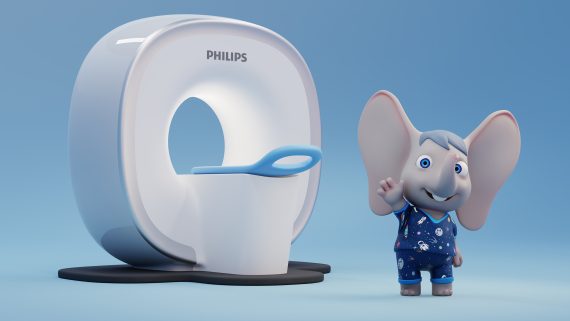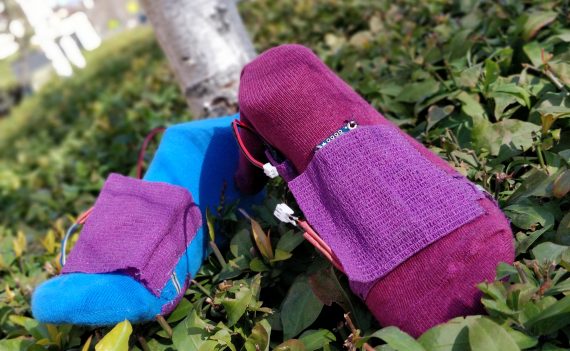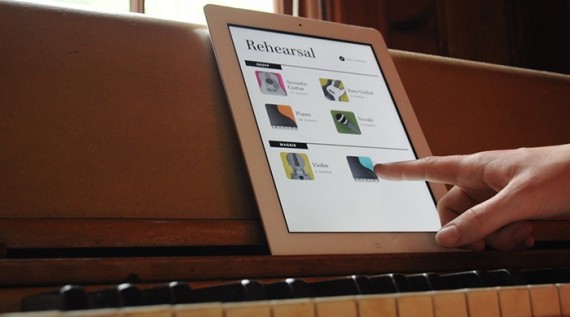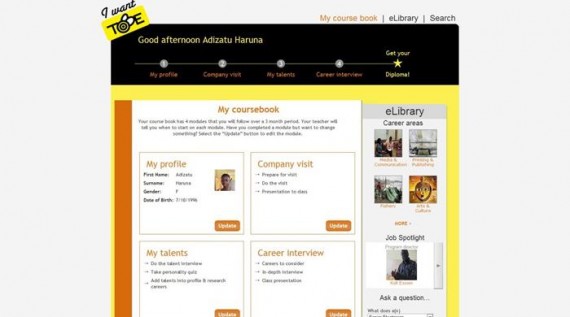Kinetic
Team
Company | Institution
Category
Type
Project description
In a truly e-commerce and on-demand based economy, more than 25 million US workers perform material handling activities: they move our goods and mine our raw materials, construct our buildings, and create the energy needed to power our society. Last year US companies spent $60bn on lifting related injuries, the most expensive cause of injury in the US, most of which is preventable. Most injuries happen due to cumulative trauma on the spine and surrounding muscles, caused by repetitive bad biomechanics when lifting.
In a truly e-commerce and on-demand based economy, more than 25 million US workers perform material handling activities: they move our goods and mine our raw materials, construct our buildings, and create the energy needed to power our society. Last year US companies spent $60bn on lifting related injuries, the most expensive cause of injury in the US, most of which is preventable. Most injuries happen due to cumulative trauma on the spine and surrounding muscles, caused by repetitive bad biomechanics when lifting.
Kinetic was developed to provide a low cost and easy to adopt solution that could create true behavior change in industrial workers, to reduce bad biomechanics and high risk lifts, ultimately reducing the incidence of lifting injuries. Consumer wearables have used a series of strategies to motivate consumers to adopt new habits and behaviors. Kinetic uses these strategies to reduce at-risk behaviors in industrial workers in the construction, logistics and mining industry, leading to lower injuries.
The strategy to implement the idea consists of using a three pronged methodology to attain behavior change for each individual worker: real-time feedback for the worker, gamification to encourage workers to compete; and mobile software analytics to provide management with data analysis tools.
In order to reduce bad biomechanics when lifting, a belt mounted wearable device was developed, that can measure posture in real-time through low cost sensors. In order to reconstruct the worker’s posture virtually, sensor data from the device was coupled with machine learning algorithms to decide if a specific action constituted a lift. Once a lift was detected, the sensor data was used to virtually reconstruct the worker’s posture, allowing real-time computation of worker posture to be possible on a low cost device.
Pilot trials were arranged with three companies and the devices were rolled out to 35 workers. Managers were able to visualize how each worker was performing, and also see aggregated data by job type and shift, using our customer dashboard. Workers were also able to view the data through these means, and they could also access basic statistics, such as number of high risk lifts performed, daily goal and rank.
The pilot trial showed that the number of high risk lifts performed by each worker per day was reduced by 55%, 77%, and 84% at each of the three test sites. Once statistical analysis was performed, it was demonstrated that workers were 2 times less likely to get injured wearing a Kinetic device than without it.
We believe that in less than a decade, most industrial workers will be wearing sensors, as the technology has become cheap enough that it can justify the expected return on investment by companies. They will get savings by reducing workplace injuries as well as enhancing productivity of their workforce. Insurance companies can provide recommendations of our product in exchange for lower premiums, given the expected impact of the system.
In a truly e-commerce and on-demand based economy, more than 25 million US workers perform material handling activities: they move our goods and mine our raw materials, construct our buildings, and create the energy needed to power our society. Last year US companies spent $60bn on lifting related injuries, the most expensive cause of injury in the US, most of which is preventable. Most injuries happen due to cumulative trauma on the spine and surrounding muscles, caused by repetitive bad biomechanics when lifting.
Kinetic was developed to provide a low cost and easy to adopt solution that could create true behavior change in industrial workers, to reduce bad biomechanics and high risk lifts, ultimately reducing the incidence of lifting injuries. Consumer wearables have used a series of strategies to motivate consumers to adopt new habits and behaviors. Kinetic uses these strategies to reduce at-risk behaviors in industrial workers in the construction, logistics and mining industry, leading to lower injuries.
The strategy to implement the idea consists of using a three pronged methodology to attain behavior change for each individual worker: real-time feedback for the worker, gamification to encourage workers to compete; and mobile software analytics to provide management with data analysis tools.
In order to reduce bad biomechanics when lifting, a belt mounted wearable device was developed, that can measure posture in real-time through low cost sensors. In order to reconstruct the worker’s posture virtually, sensor data from the device was coupled with machine learning algorithms to decide if a specific action constituted a lift. Once a lift was detected, the sensor data was used to virtually reconstruct the worker’s posture, allowing real-time computation of worker posture to be possible on a low cost device.
Pilot trials were arranged with three companies and the devices were rolled out to 35 workers. Managers were able to visualize how each worker was performing, and also see aggregated data by job type and shift, using our customer dashboard. Workers were also able to view the data through these means, and they could also access basic statistics, such as number of high risk lifts performed, daily goal and rank.
The pilot trial showed that the number of high risk lifts performed by each worker per day was reduced by 55%, 77%, and 84% at each of the three test sites. Once statistical analysis was performed, it was demonstrated that workers were 2 times less likely to get injured wearing a Kinetic device than without it.
We believe that in less than a decade, most industrial workers will be wearing sensors, as the technology has become cheap enough that it can justify the expected return on investment by companies. They will get savings by reducing workplace injuries as well as enhancing productivity of their workforce. Insurance companies can provide recommendations of our product in exchange for lower premiums, given the expected impact of the system.











